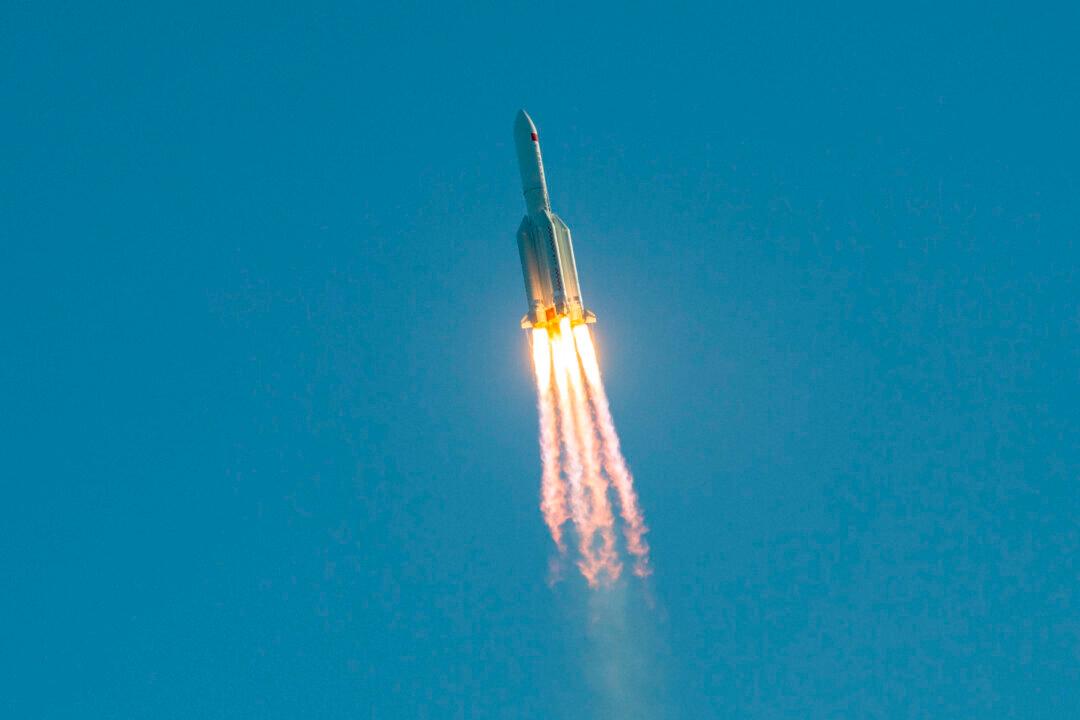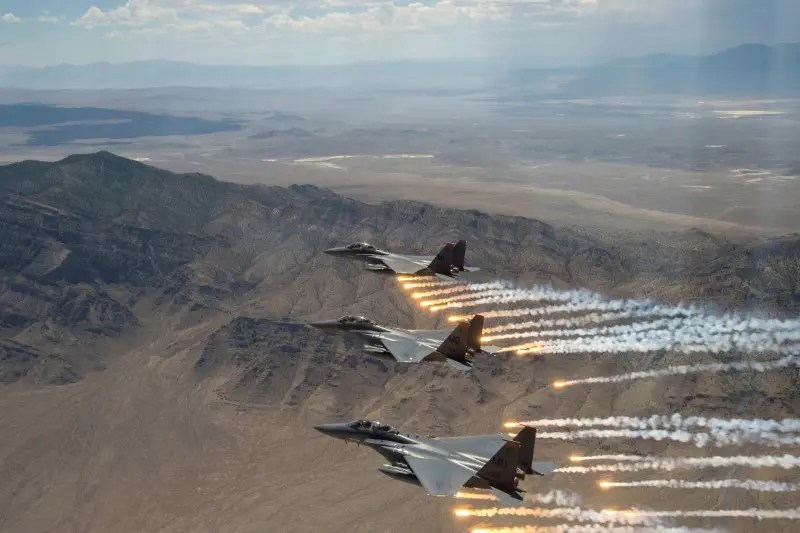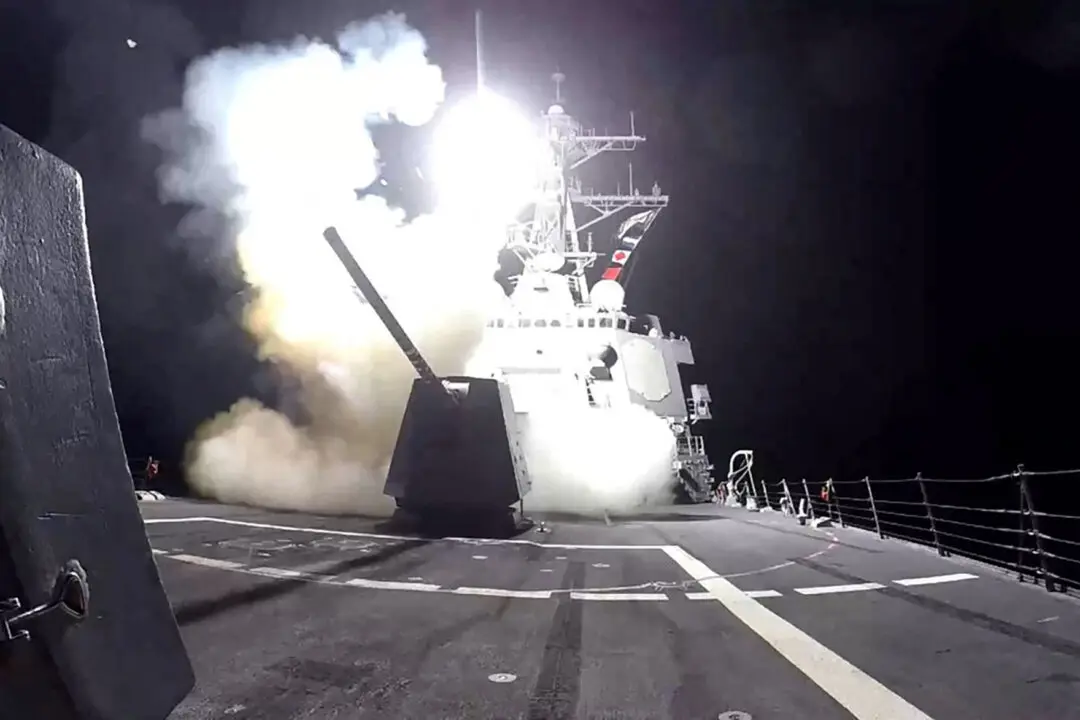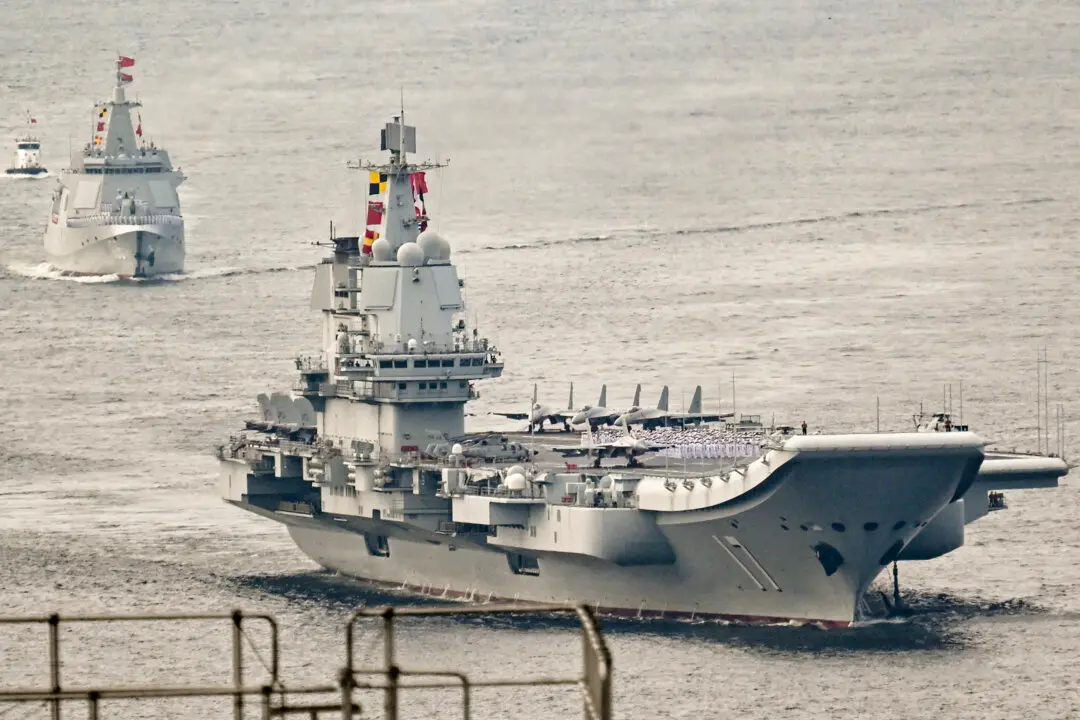China’s communist regime is reportedly developing a new hypersonic weapon that’s accurate enough to target a moving passenger vehicle while flying at five times the speed of sound.
A research team at the Chinese military’s PLA Rocket Force University of Engineering has said it was making “important progress” toward developing a heat-seeking missile capable of extreme accuracy at hypersonic speeds, the South China Morning Post reported, citing a paper published in Chinese peer-reviewed journal Infrared and Laser Engineering.




